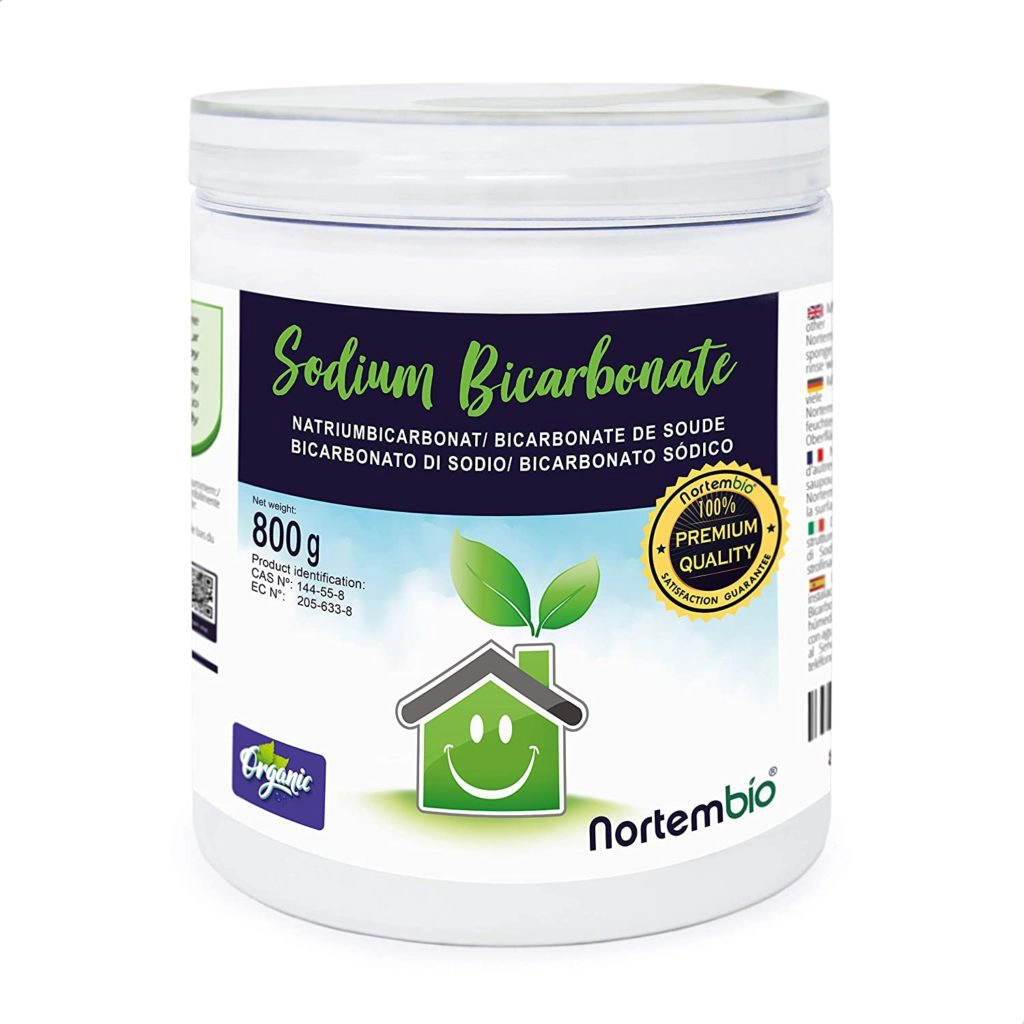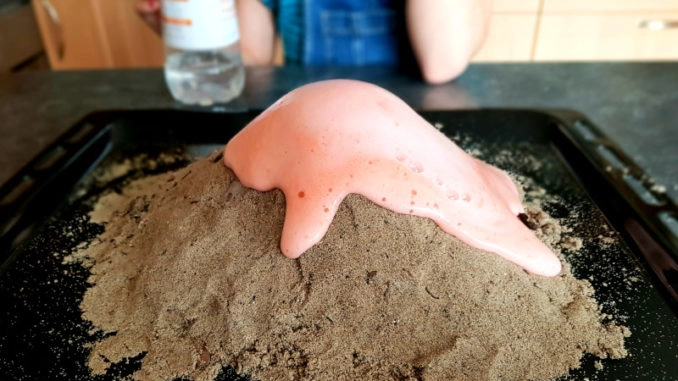
With the volcano science experiment, you will see that chemical reactions can be seen in a simple and fun way! Indeed, what we are and what we consume are the result of a large number of chemical reactions, which you do not even suspect because they are invisible.
You will need:
- Some sand
- A glass of 12,5 cL
- A baking plate
- Soda
- Red food coloring
- Dishwashing liquid
- Vinegar
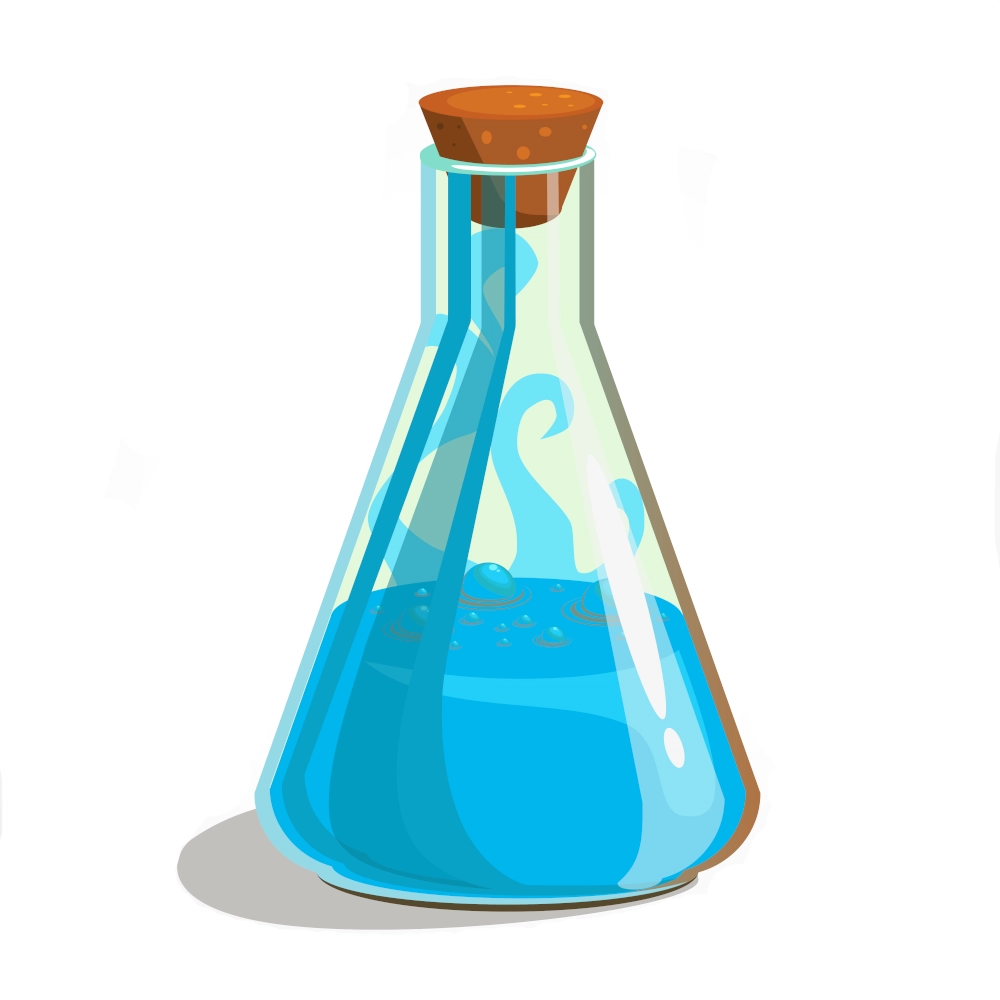
From 6 years

Difficulty : easy
Buy online

Let's experiment
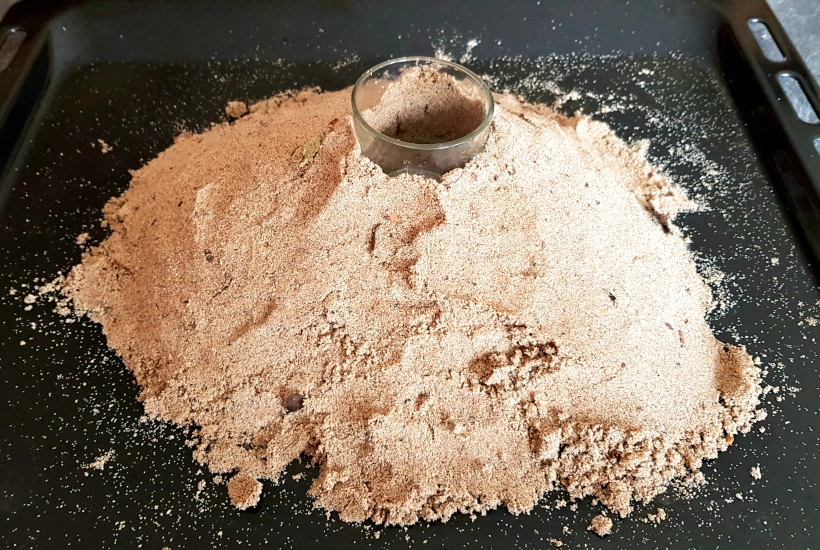

Make a volcano with the sand on the baking plate.
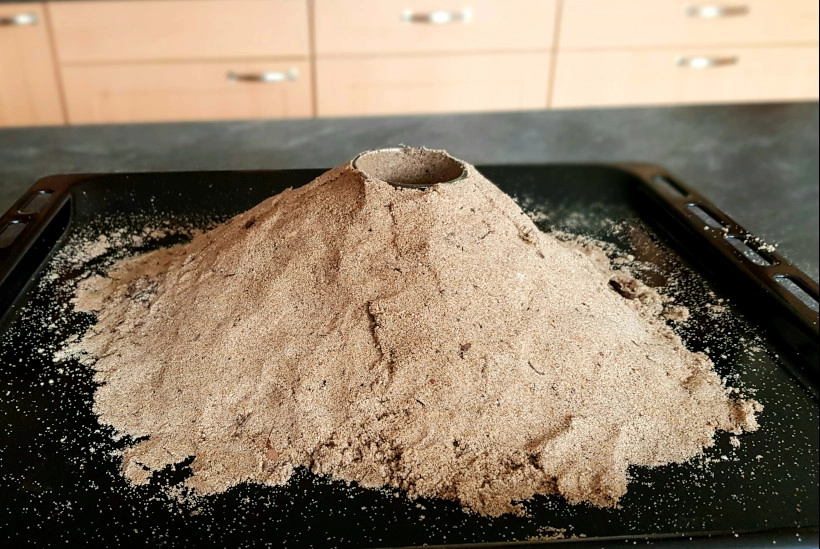

Position your glass to form the crater and finalize your volcano by putting enough sand to cover the edges.
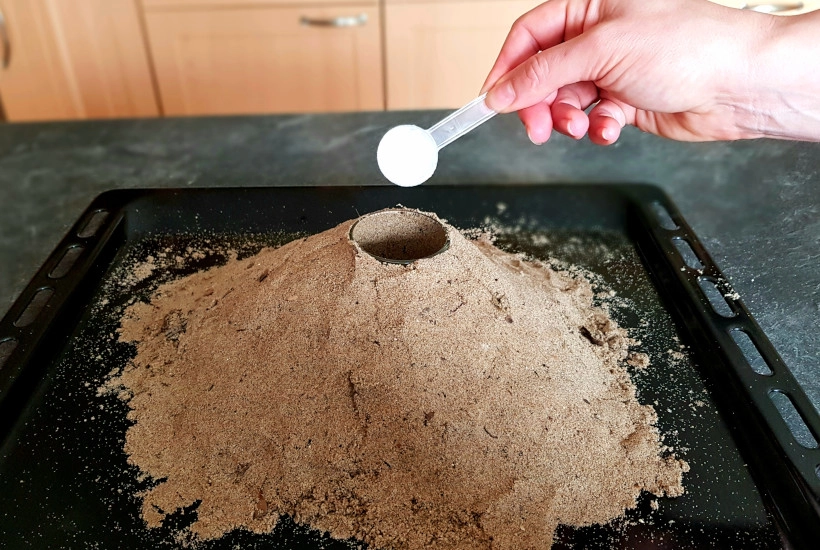

In this glass, add two teaspoons of baking soda and 2 tablespoons of water.
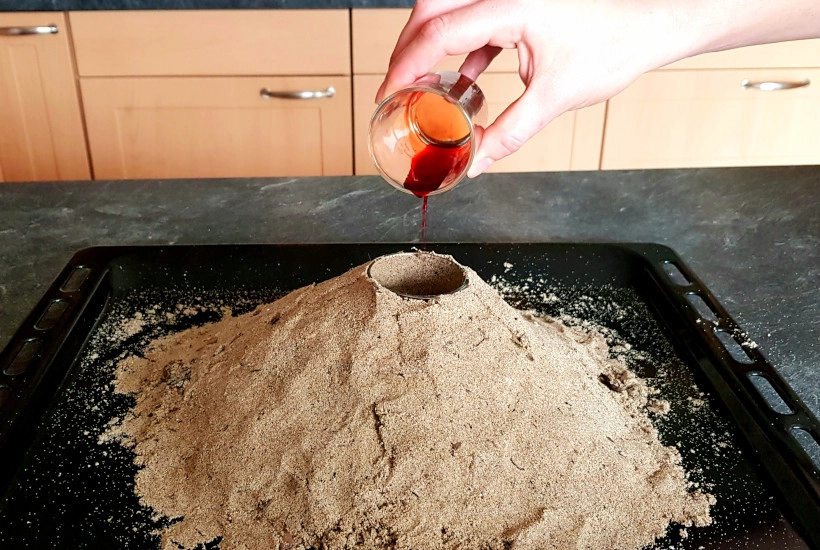

Then add the red food coloring and a little washing-up liquid.
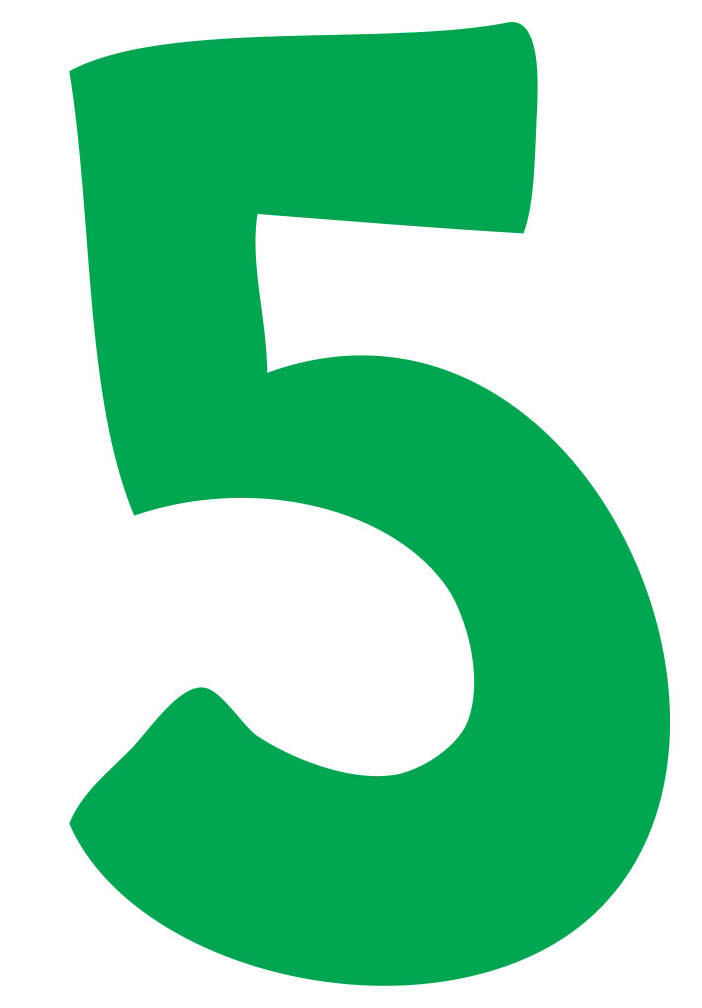
With a spoon, gently mix the mixture.


Now is the time to have fun! Pour vinegar in the crater and observe!
Cool right?
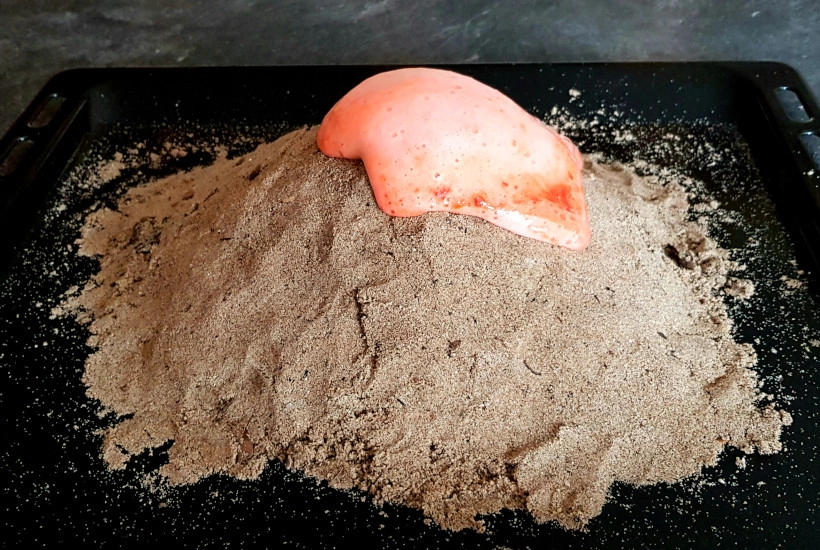
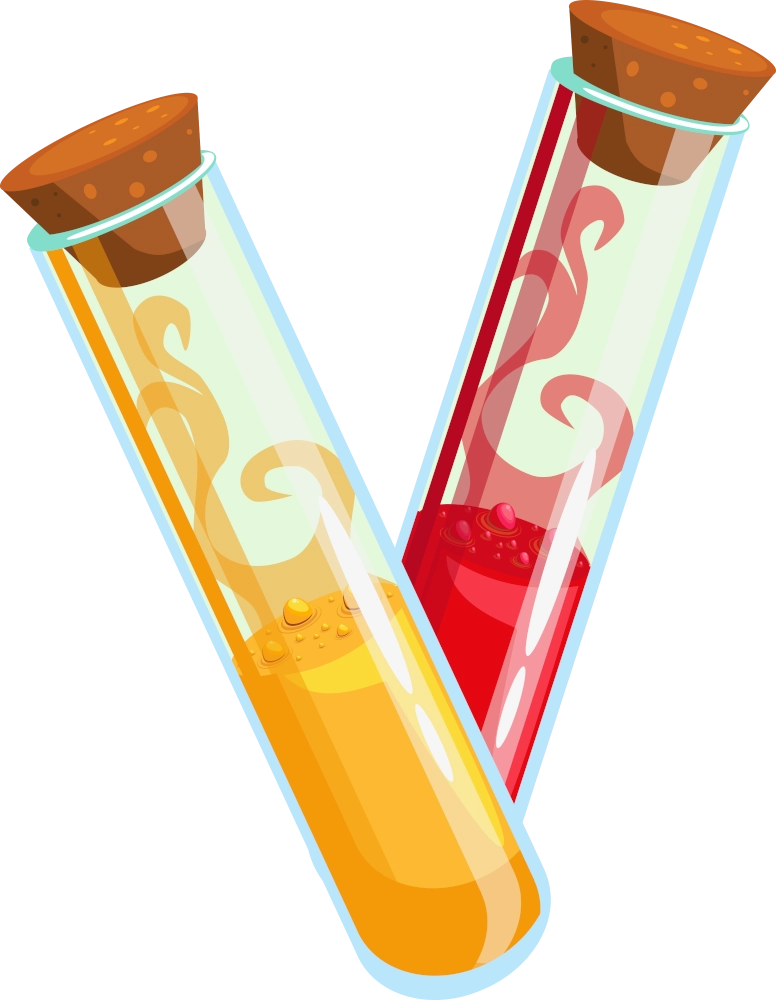
An effervescent reaction in the volcano?
In contact with the vinegar, you observe a significant foam that leaves the volcano immediately, like lava after a volcanic eruption. This foam is the result of a chemical reaction between vinegar and baking soda. We’re talking about effervescence. It means that a big quantity of gas escapes from a liquid.
Why does it react?
Vinegar is what we call “an acid”. While baking soda is “a base”. When these two compounds react, they form, among other things, water and carbon dioxide. The bubbles you observe are carbon dioxide which escapes from the reaction. The famous greenhouse gas.
This gas is not dangerous and it composes our atmosphere.

What is the detergent used for?
The reaction between the vinegar and the baking soda is instant, as you can see. The addition of dishwashing liquid makes it possible to obtain a thick foam to form beautiful lava that drips slowly on the sides of your volcano. Like a real one!
Did you know?
The chemical reaction between vinegar and baking soda can be used to degrease greasy surfaces. It is a more ecological solution than the products found in the supermarket.
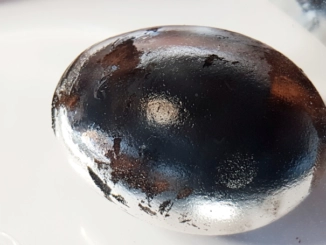
The illusion of the silver egg
A breathtaking illusion in which you will change the shell of an egg into silver. Long live physics. […]
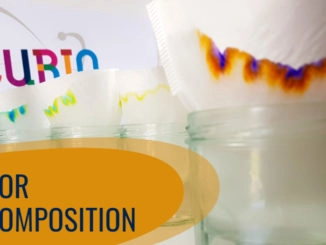
The color decomposition of your markers
The primary colors are cyan, yellow and magenta. Three colors from which all others derive. One way to find out what the color of the felt-tip pens is made of is to play with water, a coffee filter and use the principle of capillary action. […]
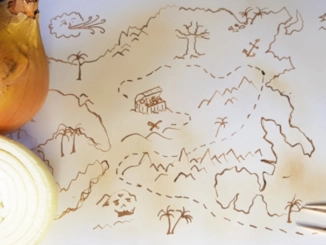
A treasure map with invisible ink
Invisible ink is very useful for drawing treasure maps or writing secret messages. Only those who know chemistry will find a way to reveal your message. Let’s use onion juice to prepare the invisible ink. […]


